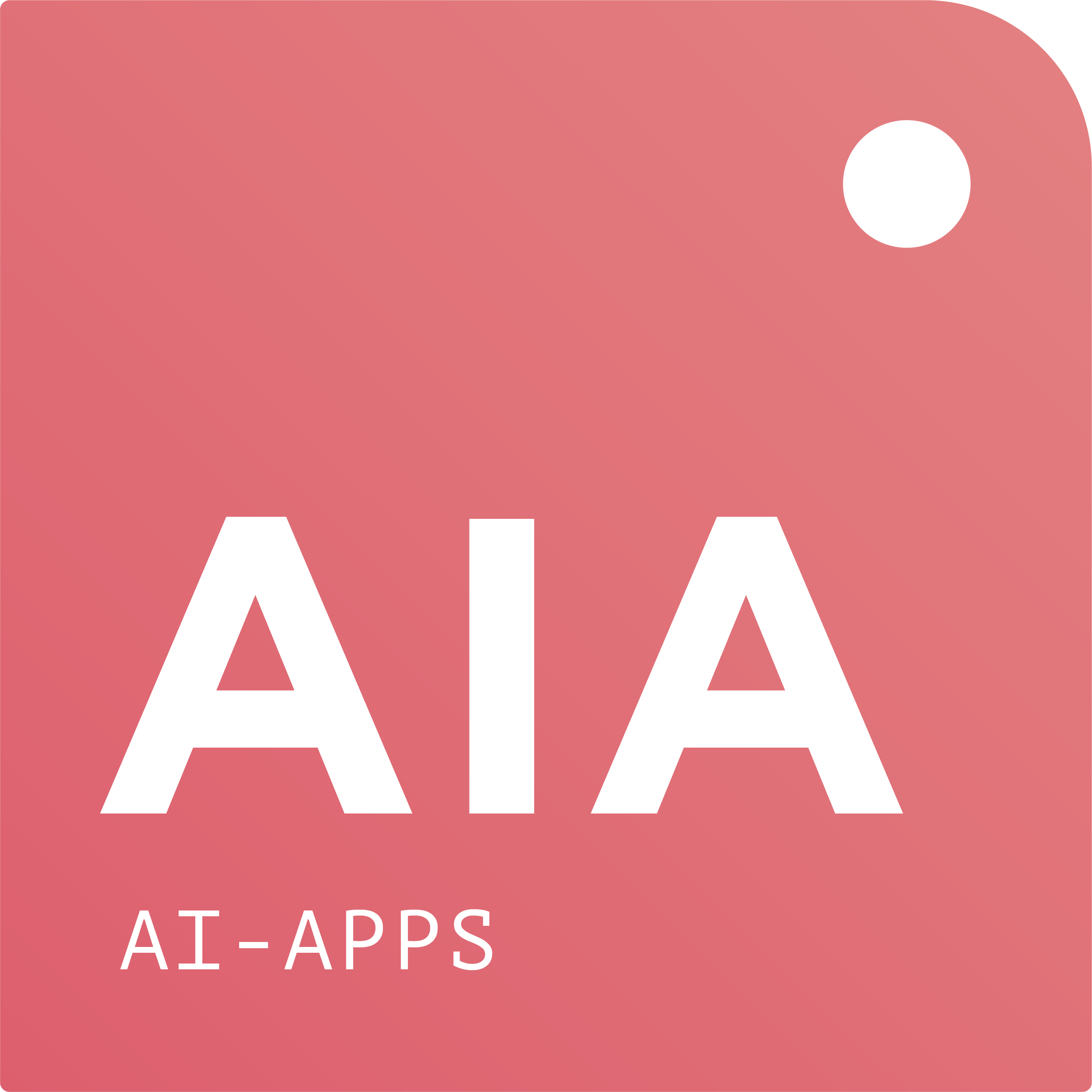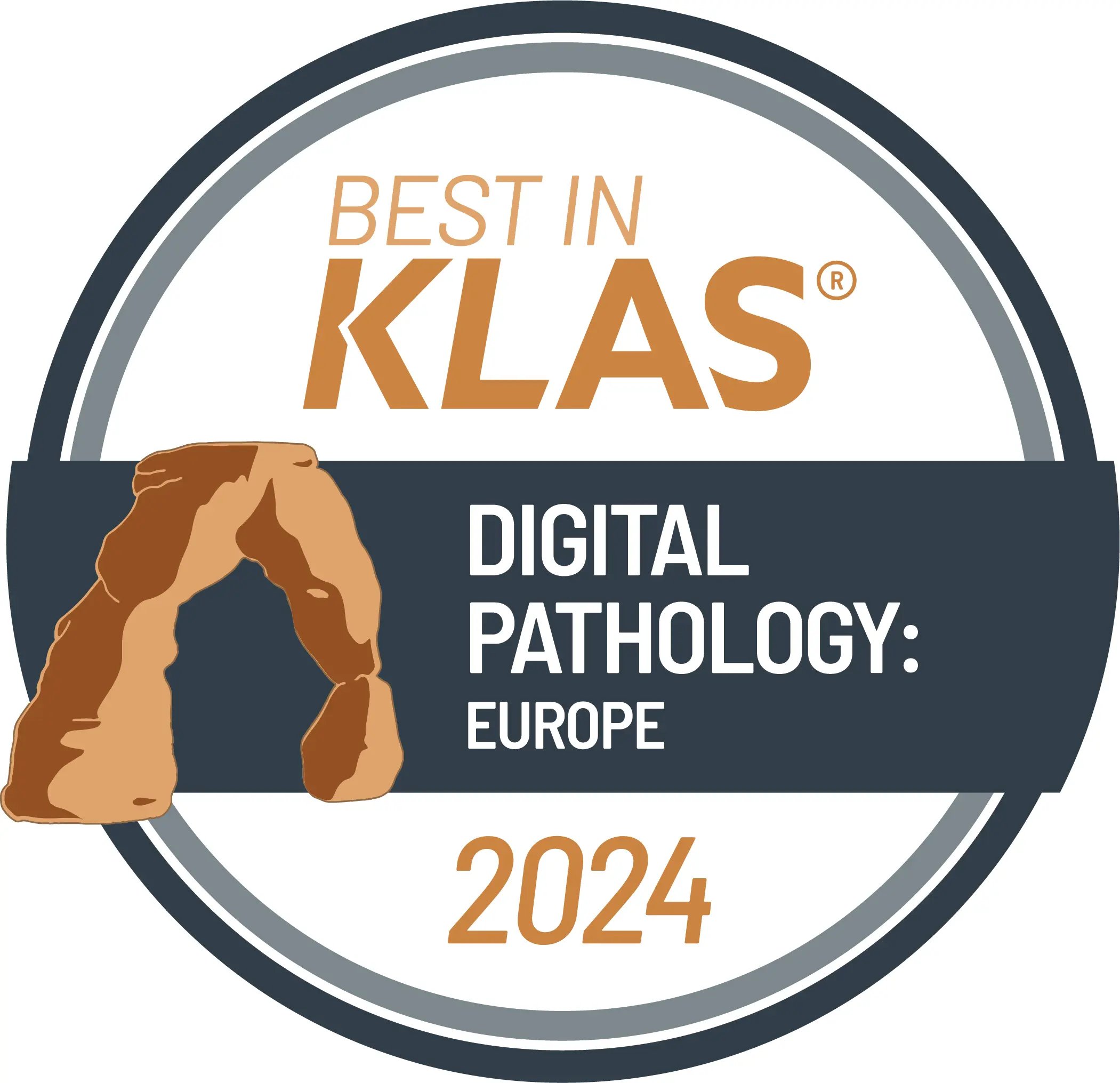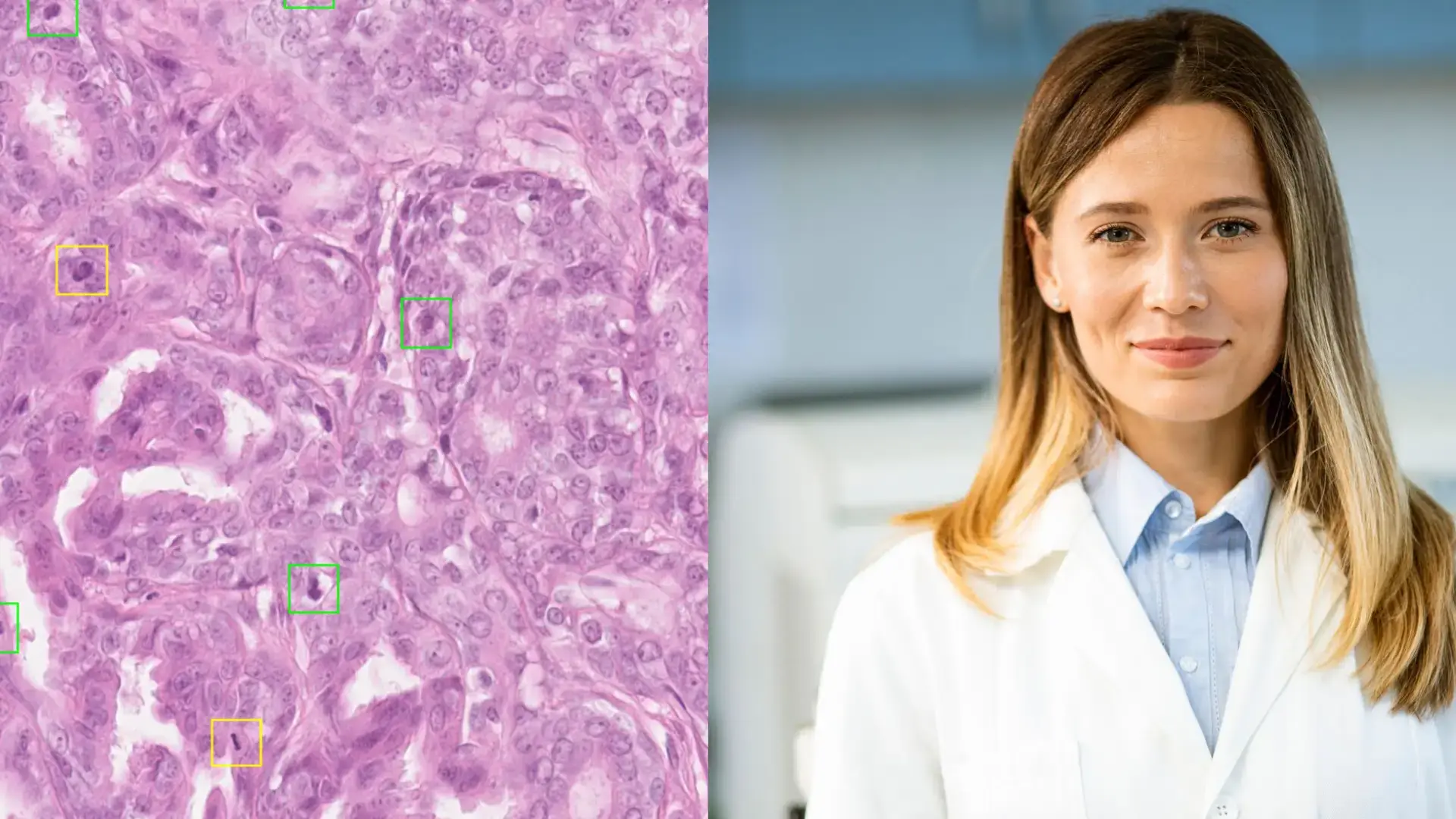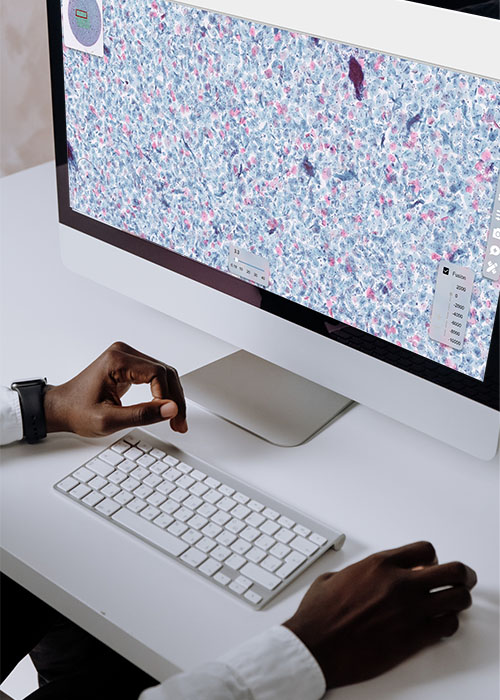At the MedTech_IA event last June, Jean-François Pomerol (CEO of Tribun Health) and Céline Riou (AI Product Manager) outlined a simple but powerful idea: artificial intelligence is no longer something to aspire to “someday” in pathology, it’s here, it works, and it’s already making a meaningful difference.
They laid out a concrete, step-by-step view of how AI can help address some of healthcare’s toughest challenges today: rising cancer incidence, a global shortage of pathologists, and an always growing complexity.
We’re entering an era where the question is no longer if we should apply AI to pathology workflows, but how fast we can deploy it responsibly and effectively.
The Patient and the Clock
Behind every slide is a person, waiting. When cancer is suspected, the journey usually starts with a biopsy. But in many cases, weeks can pass before a precise diagnosis. The disease doesn’t wait.
The mission is clear: shorten the time from suspicion to certainty, while maintaining the highest standards of accuracy and reproducibility. That’s where AI fits in, not as magic, but as a set of smart, targeted tools that help people work faster and better.
Here are four examples Tribun Health shared during the event:
1. Slide Quality Control: Catching Issues Before They Delay Care
- Today: Once slides are scanned, a pathologist might only discover image defects (blurriness, missing tissue, poor framing) after opening the file. At that point, rescanning wastes precious time and risks sample mishandling.
- With AI (QC4Scan developed by Tribun Health): Each slide is automatically analyzed as soon as it’s scanned. Defective slides are flagged right away and sent back for rescanning, before they slow down diagnosis workflow.
It’s a simple idea with big impact: fewer delays, fewer distractions, and more time focused on what matters.
2. Mitotic Count in Breast Cancer: Counting with Confidence
- Today: Counting mitoses (a crucial task for assessing tumor grade) is a manual, time-consuming, exhausting task, and highly variable from one observer to another.
- With AI (Mitoses developed by Tribun Health): Algorithms scan, segment, and pre-classify potential mitoses. The pathologist reviews and validates them quickly, with greater confidence in consistency and accuracy.
This not only saves time but ensures results are more reproducible, something every patient deserves.
3. Prostate Cancer Diagnosis: Prioritizing the Right Cases
- Today: A single prostate biopsy can involve reviewing 12 slides or more, even when few or no lesions are present. That’s a drain on time and attention, and fatigue increases the risk of errors.
- With AI (Ibex model integrated into CaloPix® IMS): Each slide is pre-screened and triaged, highlighting cases with suspected cancer and even providing a Gleason score estimate. Urgent cases rise to the top of the worklist.
This is a perfect example of technology complementing human judgment, ensuring that the most critical patients are seen first.
4. Structuring Reports: Reducing Friction at the Finish Line
- Today: Writing up findings remains a manual, dictation-heavy process prone to errors, interruptions, and rework.
- With AI (language model developed by Tribun Health): As the pathologist reviews the slide and comments on their observations, the system extracts key elements and automatically generates a structured report, compliant with guidelines and ready to be integrated into the medical record.
It’s about removing the busywork so doctors can spend their time where their expertise is truly needed.
A Smarter Workflow, End to End
AI isn’t about replacing pathologists; it’s about empowering them.
By applying machine learning at every stage, from image quality assurance to analysis assistance, report structuring and system integration, an entire workflow is transformed to become faster, more reliable and more resilient.
It’s not one big disruption. It’s a series of pragmatic improvements. The cumulative effect is profound:
- Time is saved where it counts most.
- Precision is delivered where mistakes are unacceptable.
Looking Ahead
What stands out the most in the approach presented by Jean-François and Céline is its practicality and the clear intent to stay grounded in real-world conditions.
These tools don’t pretend to replace the expertise and judgment of trained professionals. They simply make it easier for them to do their best work faster, more consistently, and with less cognitive burden.
That’s exactly the kind of innovation we need in healthcare: technology that enhances humanity rather than competes with it.
In a world where qualified professionals are scarce and diseases are becoming increasingly complex, AI helps ensure that every patient receives not only a faster diagnosis, but also one that is more precise and detailed, a critical requirement at a time when treatments are becoming more targeted, personalized, and technically sophisticated. Identifying the right therapy requires a deep understanding of each individual case, and that’s precisely where AI brings greater consistency and rigor.
🔗 You can watch the full presentation by Jean-François Pomerol and Céline Riou on YouTube.

Stay Connected! 
Stay ahead of the curve in digital pathology and AI innovation! Follow us on LinkedIn to stay updated with the latest trends, insights, and breakthroughs in healthcare technology. Join the conversation and be part of the future of pathology! 🚀🔍 #FollowUs #DigitalPathology #Innovation





.png?width=256&height=256&name=customer-service(1).png)



.png?width=64&height=64&name=calendrier(1).png)
.png?width=64&height=64&name=communique-de-presse(1).png)
.png?width=64&height=64&name=livre(1).png)
.png?width=64&height=64&name=blog(2).png)








